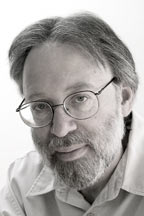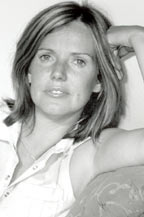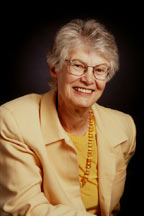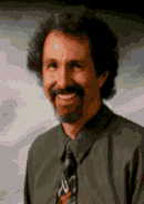 |
2004 Annual General Meeting
Jane Austen Society of North America October
7-10, 2004 Anne Elliot in the City: Interior and Exterior Worlds |
PROGRAM
Plenary Speakers
 |
Jane Austen: From Page
to Screen--Conversations with Film-makers Kenneth Turan Kenneth
Turan is a noted film critic for the
Los Angeles Times and National Public Radio and Director of the Los
Angeles Times Book Prizes. |
 |
Masquerade,
Assemblies
and Plays: Urban Pleasures in Jane Austen's World Paula Byrne Published in Persuasions 26 (2004). “‘The unmeaning luxuries of Bath’: Urban Pleasures in Jane Austenís World.” Persuasions 26 (2004): 13-26. Paula Byrne
is the author
of Jane Austen and the Theatre,
a book that the Times Literary Supplement described as a “definitive
and pioneering study of a wholly neglected aspect of Austen’s art.” She
has also edited the forthcoming Routledge Literary Sourcebook on Jane
Austen’s Emma. Paula has
taught in school, college and university, but is now a full-time
writer. She has published essays on a wide range of women authors and
is working on a major biography of the eighteenth-century actress,
poet, novelist, feminist and royal mistress Mary “Perdita” Robinson, a
contemporary of Jane Austen. |
 |
The Bath of Jane Austen
and Persuasion: A City of Women Writers Isobel
Grundy is
University of Alberta Professor Emeritus. Dr Grundy’s areas of
research interest are women writers in English from the Medieval period
through the long eighteenth century. This expert in 18th-century
literature and women's literary history is a Chawton House Library
Trustee and Co-Investigator on the Orlando Project, a collaborative
undertaking--involving participants from universities in
Canada, the United States, England, and Australia. She is writing
the first full scholarly history of women's writing in the British
Isles. |
|
Where Arts and Elegance
have fix'd their seat: Musical Culture in Regency Bath |
|
 |
Robert
Winter, Scholar and pianist, is Director of the Center for the Digital Arts
at UCLA and
Associate Dean of the School of the Arts and Architecture. He also
holds the Presidential Chair in Music and Interactive Arts at
UCLA. Considered one of UCLA's most dynamic teachers, Dr.
Winter’s efforts have also been lauded in many print outlets. Mr.
Winter is the recipient of numerous awards and prizes, including a 1983
Guggenheim Fellowship and the 1985 Kindeldey Award from the American
Musicological Society for the best scholarly book on music. |
|
Kathryn L.
Shanks Libin,
musicologist and keyboardist, teaches music history and theory
courses at Vassar; her special interest is in music of the late
eighteenth and early nineteenth centuries. Ms. Libin also
specializes in intersections between music and literature in early
Romanticism, with special emphasis on musical issues and implications
in the writings of Jane Austen. She has presented papers at several
JASNA AGM's and recently served as Music Director for JASNA's 2003
meeting in Winchester, which included planning a historically authentic
choral evensong in Winchester Cathedral. |
|
|
|